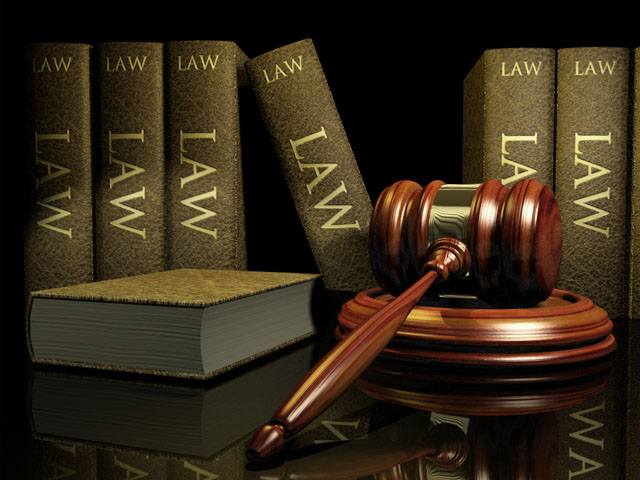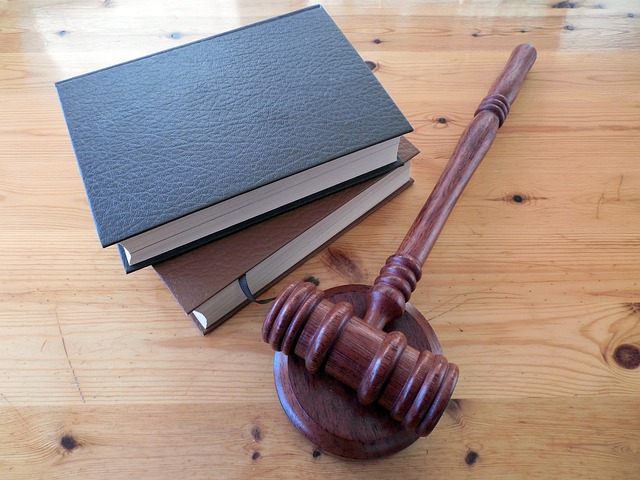When weather turns unpredictable, the risks associated with everyday activities increase. For property owners, weather-related hazards often lead to premises liability claims, raising questions about legal responsibility when injuries occur. Understanding how weather conditions intersect with premises liability can help property owners, businesses, and individuals protect themselves and navigate potential claims effectively.
What Is Premises Liability?
Premises liability is a legal concept that holds property owners or occupiers accountable for accidents and injuries that occur on their property due to unsafe conditions. These claims often arise from slip-and-fall accidents, poor maintenance, or hazardous environments. The injured party must demonstrate that the property owner was negligent in maintaining a safe environment, directly causing the injury.
Weather conditions add complexity to these claims. Snow, ice, rain, and other natural elements can create dangerous situations, making it essential for property owners to take reasonable precautions.
Weather-Related Hazards That Influence Premises Liability
Weather is an inevitable force, but property owners are expected to address its effects. Several weather-related conditions frequently contribute to premises liability claims:
Snow and Ice Accumulation
Snow and ice are leading causes of slip-and-fall accidents during the winter months. Icy sidewalks, parking lots, and entryways can be treacherous for pedestrians. Property owners are often responsible for removing snow and ice within a reasonable timeframe and ensuring walkways are safe. If an injury occurs because an owner failed to clear snow or spread de-icing agents, they could be held liable.
Wet Surfaces from Rain
Rain creates slippery surfaces that pose risks in outdoor areas like stairs, ramps, and walkways. Additionally, rainwater tracked indoors can create hazards on tiled or polished floors. Business owners, in particular, must act promptly to place warning signs and clean up wet areas to prevent accidents.
Flooding and Water Accumulation
Heavy rainfall or snowmelt can lead to flooding, creating additional hazards such as pooled water, slippery mud, or weakened structural elements. For example, a parking lot with inadequate drainage may flood, increasing the risk of accidents. Property owners are expected to maintain proper drainage systems to prevent such dangers.
High Winds and Falling Debris
High winds can lead to falling branches, blown debris, or even structural damage to buildings. If an injury occurs because a property owner failed to address known risks, such as overgrown trees or loose roof tiles, they may be held liable.
Extreme Heat or Cold Conditions
Severe temperatures can also contribute to premises liability claims. Heat waves may cause sidewalks to crack, creating tripping hazards, while extreme cold can lead to frozen pipes and subsequent water damage. In both cases, property owners are responsible for addressing these conditions to maintain a safe environment.
Determining Negligence in Weather-Related Claims
The key element in any premises liability claim is proving negligence. In the context of weather-related incidents, several factors are considered:
- Reasonable Action: Did the property owner take reasonable steps to address the hazardous condition? For example, shoveling snow or placing mats near entryways during rain are reasonable actions.
- Foreseeability: Could the property owner have anticipated the hazard? For instance, if icy conditions were predicted, failing to salt walkways might be deemed negligent.
- Timeliness: Did the owner act promptly to address the hazard? Courts often evaluate whether the response was within a reasonable timeframe based on the circumstances.
- Knowledge of the Condition: Was the property owner aware of the danger? If they knew (or should have known) about a hazard and failed to act, they could be held liable.
- Warnings: Were adequate warnings provided? Placing signs to alert visitors about potential risks, such as “Wet Floor” signs, can demonstrate an effort to prevent accidents.
Challenges in Weather-Related Premises Liability Cases
While property owners have a duty to maintain safety, weather-related claims present unique challenges:
Acts of Nature
Weather events are often considered acts of nature, which property owners cannot control. A sudden storm or unexpected flash freeze may absolve an owner of liability if they did not have sufficient time to respond.
Shared Responsibility
Courts may assign partial responsibility to the injured party if they acted negligently, such as ignoring visible hazards or wearing inappropriate footwear for the conditions. This concept, known as comparative negligence, can reduce the compensation awarded.
Varied Legal Standards
Premises liability laws vary by jurisdiction, impacting the expectations for property owners. For example, some areas impose stricter requirements for snow and ice removal, while others adopt a more lenient standard. Understanding your rights after a serious injury is essential, as the specifics of these laws can determine the level of responsibility a property owner holds and the steps an injured party must take to seek compensation.

Preventative Measures for Property Owners
To mitigate the risks of weather-related premises liability claims, property owners should take proactive steps:
- Regular Inspections: Conduct routine checks of the property, especially during adverse weather conditions.
- Prompt Maintenance: Address hazards immediately, such as removing snow, cleaning wet floors, or repairing damaged structures.
- Adequate Drainage: Ensure the property has proper drainage systems to prevent water accumulation and flooding.
- Clear Signage: Use warning signs to alert visitors to potential dangers, such as slippery floors or falling debris.
- Professional Services: Hire professional snow removal or landscaping services if necessary to manage hazards effectively.
What Visitors Should Know
Visitors also play a role in minimizing accidents. Wearing appropriate footwear, staying alert to hazards, and heeding warning signs are simple yet effective measures to reduce risks. If an accident does occur, documenting the scene and seeking immediate medical attention can support a potential claim.
Legal Assistance for Premises Liability Claims
Both property owners and injured parties can benefit from consulting legal professionals to navigate premises liability claims. Attorneys can evaluate the circumstances, determine negligence, and represent their clients in negotiations or court proceedings. For property owners, legal advice can help implement policies to reduce liability exposure.
Conclusion
Weather conditions are a significant factor in premises liability claims, creating hazards that property owners must address to maintain safety. Whether dealing with snow, rain, or extreme temperatures, understanding the interplay between weather and legal responsibility is crucial. By taking reasonable precautions and acting promptly, property owners can minimize risks, while injured parties can protect their rights through diligent documentation and legal counsel.

